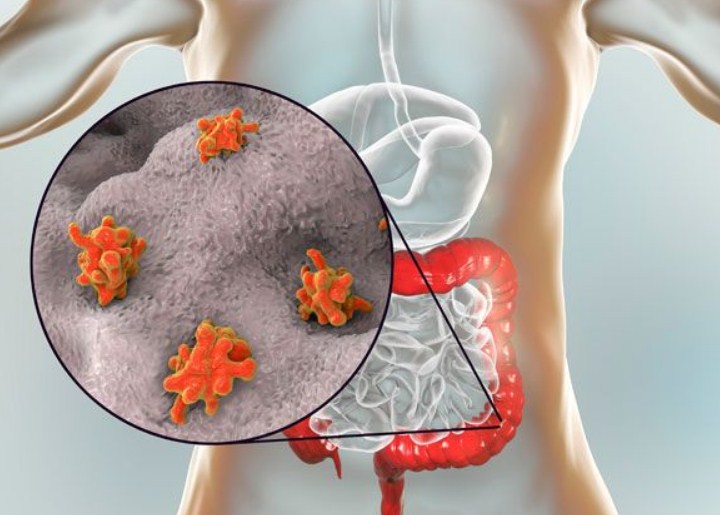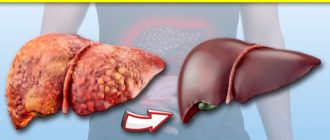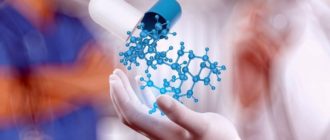Hlybon invasion is a disease that is observed in all countries. This is manifested regardless of their economic status.
Contents
- What are the worms called scientific?
- How are worms dangerous for humans, how do they affect the body?
- Stages of the life cycle of worms-parasites
- Scheme of the life cycle of a worm-parasitic
- Varieties of worms that can have
- Where do worms live and what do they eat in the human body?
- Signs of the presence of worms of ascaride in humans and drugs for treatment
- Signs of the presence of worms of pinworms in humans and drugs for treatment
- Ways of human infection with helminths from cats and dogs, animals
- How can you become infected with worms, helminths from another person?
- What do worms of worms in the feces look like, whether they can be seen with the naked eye?
- How long does the eggs of worms live?
- How long can worms be in the human body?
- Why do worms go outside?
- How do worms leave the body during treatment?
- After what time are worms completely removed from the human body during treatment?
- Prevention from infection with pinworms, worms, helminths
- Video: Parasites-Glisters in the human body
The disease is a big problem of the preservation of public health. In order not to expose your body to infection with worms, it is necessary to study the cause of invasion and its development in the human body.
What are the worms called scientific?
- Helminths -This is called a scientist of worms.
- The penetration of helminths into the human body causes the development of helminthic invasion.
- Helminthic invasion - This is a common disease that provokes the occurrence of intoxication in the body, as well as certain disorders of the intestine, liver and lungs.
How are worms dangerous for humans, how do they affect the body?
- Because worms They live inside the human body, they suck out all nutrients from it, while often destroy internal organs.
- The body, affected worms, It lacks useful substances and is subject to the development of anemia.
- In addition, worms distinguish toxinswhich infect human blood.
- Is happening General poisoning of the body and a person feels chronic malaise, violated the work of internal organs and nervous system.
Stages of the life cycle of worms-parasites
- Worms In the human body, develop in stages. For each period of development, a certain time segment is required.
- In a favorable environment, a global will take only two months in order to grow and begin reproduction.
- If the conditions are insufficient - Global is growing over a few years.
- There are two stages of the life cycle of worms: migration and intestinal stage.
- However before the migration phase The gelatist passes the ripening period: first, the helminth egg enters the soil and there for two weeks is reborn into the worm of the worm.
- After that, the larva penetrates the human body along with infected food or water.
- Its habitat until the next stage is - small intestine. There, the larva develops and goes into the migration stage, which is characterized by the appearance of a ripened worm.
- Movement of the worm in the body To other internal organs is carried out due to blood flow. Together with the blood flow, the gealtor reaches the desired goal and then returns to the small intestine again.
- For ascarida migration stage It is the hit of its eggs into the human body. Penetrating inside the human body, it dumps the surface shell and goes to the small intestine, where she tries to resist by continuous movement.
- At this stage, its original size is - 0.2 mm.
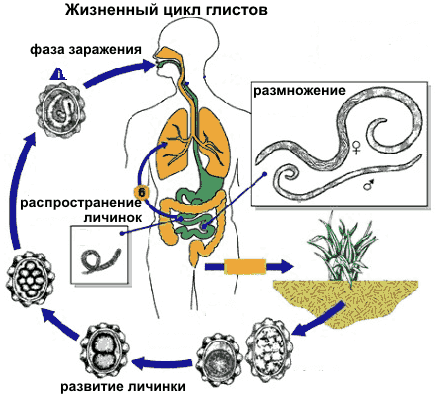
The further stay of the larva in the body looks as follows:
- Movement in the vessels. The larva damages the integrity of the small intestine, after which it is able to migrate through the body with blood. The enzymes secreted by the larva can split the walls of blood vessels, which helps to penetrate any organ.
- Migration for systemic bodies. A worm larva that has penetrated the blood spreads through some organs: liver vessels, liver, lungs, heart muscle (right camera), trachea, bronchi, sip and mouth - secondary swallowing occurs. Having gone all the way, the larva reaches the size - 1.4 mm.
- Repeated infection with worms. Settlement of the larva in the throat tracks - provokes a cough. The reflex cough pushes it into the oral cavity, where it again swallows and enters the small intestine. Such a cycle lasts until the gene grows from the larva. The migration stage lasts 2 weeks.
- High -growth development of the worm. The intestinal stage occurs, in which the genol reaches a period of maturity - is capable of reproduction. An adult microorganism of helminth is formed from the larva. This transformation occurs in the intestinal part of the person. All this period, the geobil is inside the human body. The longer the deadline for the formation of helminth, the greater the area of \u200b\u200binfection. Helminth accumulation can cause a number of diseases: bronchitis, pneumonia, myocarditis, gastrointestinal bleeding, jaundice.
Scheme of the life cycle of a worm-parasitic
After analyzing the life stages of the development of helminth in the body, you can draw up the following scheme:
- The invasion of the larva In the mucous membrane of the intestinal wall.
- Penetration in the circulatory system.
- Migration on the venous canal To other organs.
- Hit In the heart compartment.
- Station in the liver It can eliminate the larva.
- Transportation In pulmonary fabric.
- Settlement in the throat and oral cavity.
- Secondary swallowing parasite And its advancement to the tissues of the intestine.
- Propagation of mature worm In the intestinal department: the final stage of the maturation of the larva, the laying of the eggs.
Varieties of worms that can have
There are many parasitic worms that multiply in the human body. Here are some of the most common views:
- Trichinella - provokes trichinellosis. This is a small parasite in size up to 4 mm. They are transmitted by eating infected meat. They cause headache, fever, swelling of the limbs and face, muscle tissue.

- Hepatic bacon - Helmint, which is infected when eating plant foods, watered with infected water from open reservoirs.

- A disease in which there is an infection speakers, called - enterobiosis. The size of the pinworms is about 1 cm. It is transmitted at the time of taking polluted food and non -compliance with hygiene - dirty hands. Flies and other insects can be spurs of pinworms.

- Catan bacon - It occurs with insufficient processing of raw fish and its use inward. Causes a disease - opistorchoz.
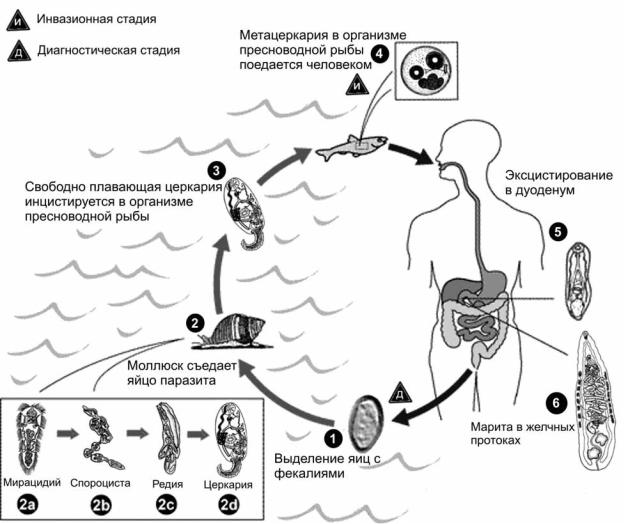
- Askarides - This is a type of worms that settled in any human body, in people of different ages and gender. The disease caused by ascarides has the name - ascariasis. Only people are sick with ascariasis.
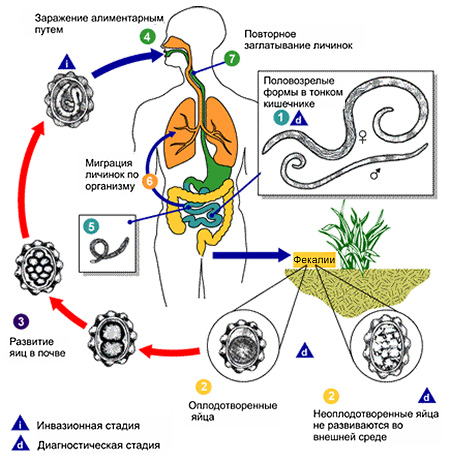
- Alveokokk - distributor of alveococcosis. Globil about 5 mm. Infection occurs when eating forest berries and herbs, as well as washing hands in lakes and open -air reservoirs.
- Echinococcus - a parasite that reaches sizes up to 6 m in length. It enters the body with unwashed plant foods.
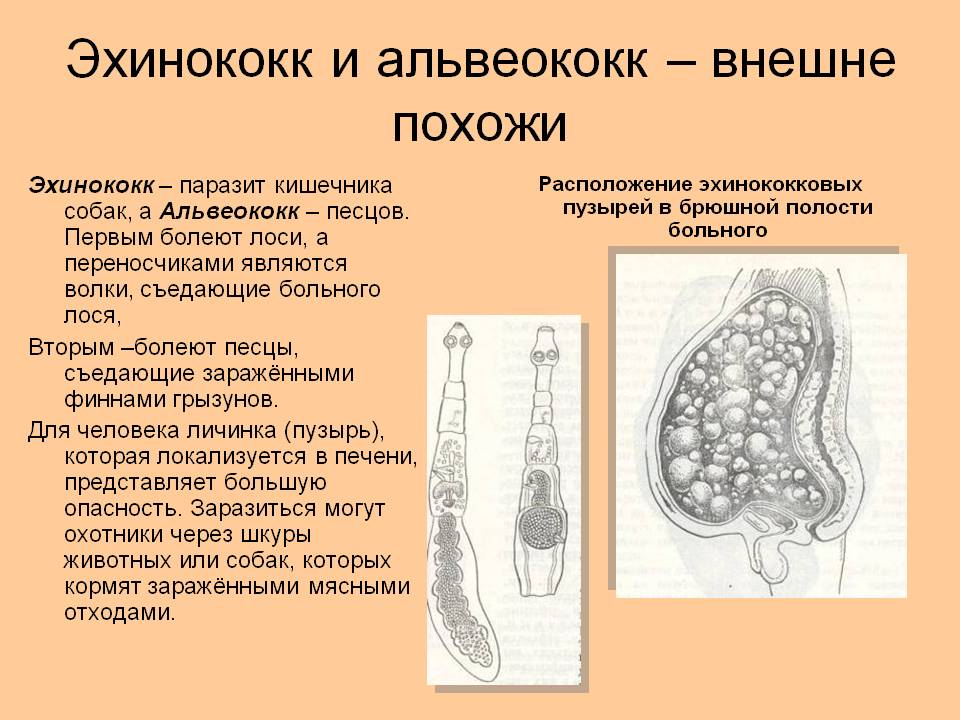
- Pulmonary bacon - A provocateur of a paragonimose in humans.
- The tape is wide - The reason for the development of diphyllobotriosis. Its length is sometimes more than 15 m. It is entered into the body when consuming a poorly treated thermal by fish and fish products.
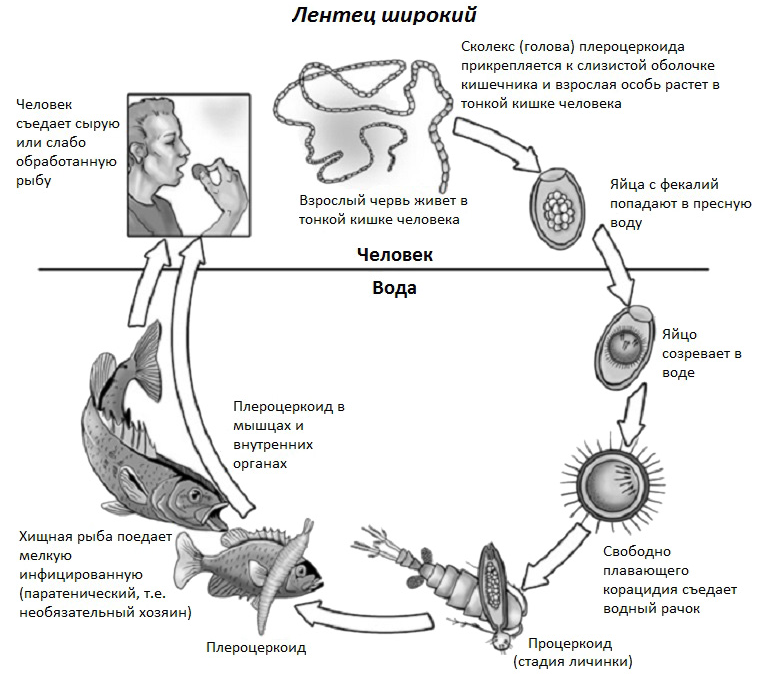
- Pork Taper - Causes tusias. The gene reaches the size of up to 5 m.
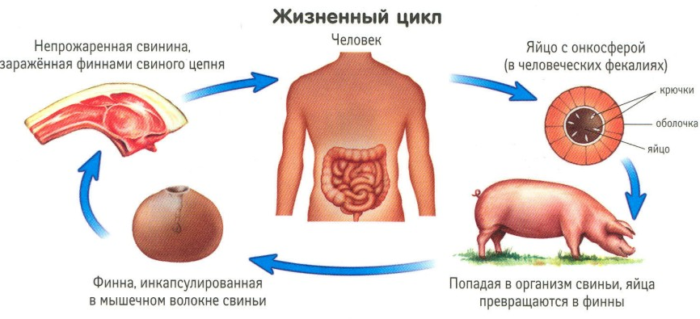
- Bull Taper - The gene is about 10 m long, is the causative agent of the teselirinhosis. It is entered into the body when using poorly fried beef meat.
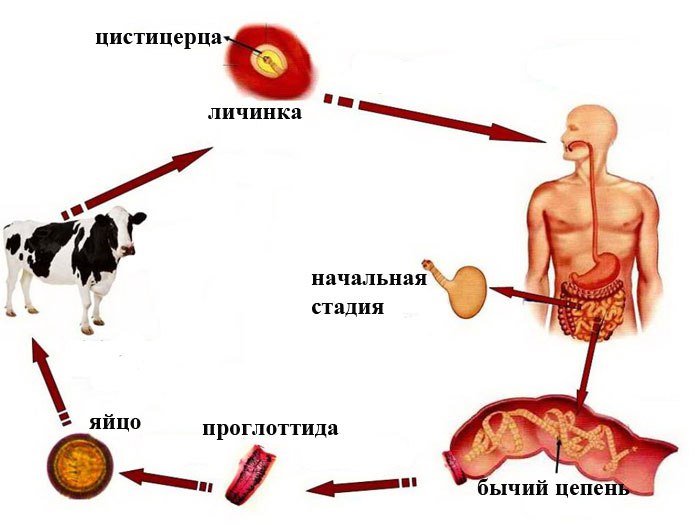
Where do worms live and what do they eat in the human body?
The basis for the nutrition of helminths is blood and tissue juices. Suspension of nutrients from the human body is also characteristic of this type of parasites. Once in the lungs, helminths are enriched with oxygen.
- With enterobiosis The following processes occur in separate organs: inflammation of the colon and small intestine develops from the long course of the disease. The ingress of pinworms into the abdominal cavity can provoke peritonitis. Vulvovaginitis is suffered by patients who have noticed the concentration of pinworms in the vagina. Tips can be placed in the pulmonary and nasal tract. In this case, operational therapy is prescribed. Tips are able to cause inflammation of appendicitis.
- In case of detection toxocar - Toxocariasis develops. This species is characterized by the same behavior as other helminths living in the human body. However, being their heart, eyes, respiratory organs, brain can lead to the development of a number of pathologies: paralysis, heart failure, impaired pulmonary function, strabismus or vision loss, epileptiform seizure, inflammatory processes of the organs of vision.
- Trichinella Sets in the small intestine, rarely in the heart. At the stage of larvae It affects muscle tissue and muscles. Her enzymes can lead to disturbances in the brain, heart and lungs. Sometimes a fatal outcome.
- Farcioleosis It occurs with invasion by a liver saucer. Helmint multiplies in the gall bladder and liver. It provokes skin allergies, segment attacks. Leads to a violation of the circulation of bile, jaundice and loss of feces.
- Catan bacon Amazing liver and pancreas. Causes nausea, muscle pain, general malaise.
- Alveokokk - settles in the zone liver, where it then extends to other organs. Pathologies of organs occur as the worms reproduce and can lead to suppuration and death.
- Pulmonary bacon - Through the intestines migrates to other organs: lungs, brain. The initial stage of the development of helminth proceeds without symptoms. However, then a sharp deterioration in health can be observed: pneumonia, pleurisy.
- Echinococcus - propagates in the lungs and liver. Its degree of harm depends on the size: disrupt breathing, outflow of blood and bile.
- The tape is wide - It lives in the intestines of a person. Drawing the walls of the intestine, sucks all the beneficial substances. Can provoke intestinal obstruction, frequent diarrhea, nausea and vomiting.
- Pork Taper - It is localized in the small intestine, but can live in other organs: skeletal muscles and subcutaneous fat. It affects vision: it provokes clouding and distortion of the review, tearfulness. Getting into the brain, leads to the death of the patient.
- Bull Taper - lives in the small intestine. With invasion, the patient may not guess the risk of the disease until the symptoms begin to increase: general weakness, nausea, headache. In rare cases, arises intestinal obstruction or appendicitis.

Signs of the presence of worms of ascaride in humans and drugs for treatment
- The identification of symptoms with ascarides invasion depends From the stage of development of the parasite. At the very beginning of the disease, the patient notices lethargy and general deterioration of health. Other symptoms may be observed: irritability, fever, skin rash, joint pain and muscles.
- It is impossible to establish an accurate diagnosis without analyzes. Characteristic features are changeable in nature - either appear or disappear. The further stage gives the following manifestations: rumbling in the abdomen, bloating, pain in the hypochondrium on the right side, nausea or enlargement, chest pain, problematic breathing and coughing.
- At the final stage, the general poisoning of the body is observed by the toxic enzymes of the parasite, the increase in previously listed features, the head and gastric pain, insomnia, weakness, nervousness, loss of appetite, weight loss. The treatment method for worms should be determined by the doctor.

Helminters are used to treat with invasion:
- Antihistamines.
- Antigelmine drugs: Levomizol, Pirantel, Dietilcarbamazin, Albendazole, Medamine.
- To combat toxins are prescribed enterosorbents.
- Probiotics and substances of hepatoprotectors.
- Vitamins, iron and folic acid.
Signs of the presence of worms of pinworms in humans and drugs for treatment
- You can suspect the presence of pinworms in the body according to the following signs: sleep disturbance, irritability, when infection of the vagina, discharge, itching in the area of \u200b\u200bthe anus, an disorder of the stomach, and a disturbed chair will appear.
- For therapeutic purposes, use: Pipeperin, Pirantel or Vermox. Folk remedies help: a decoction of wormwood, tansy and thyme.
Ways of human infection with helminths from cats and dogs, animals
- Animals often become carriers helminths, On their wool cover there may be a significant number of pathogens of invasion of worms.
- Therefore, after each contact with the animal, it is necessary to observe the rule of hygiene - to wash hands.
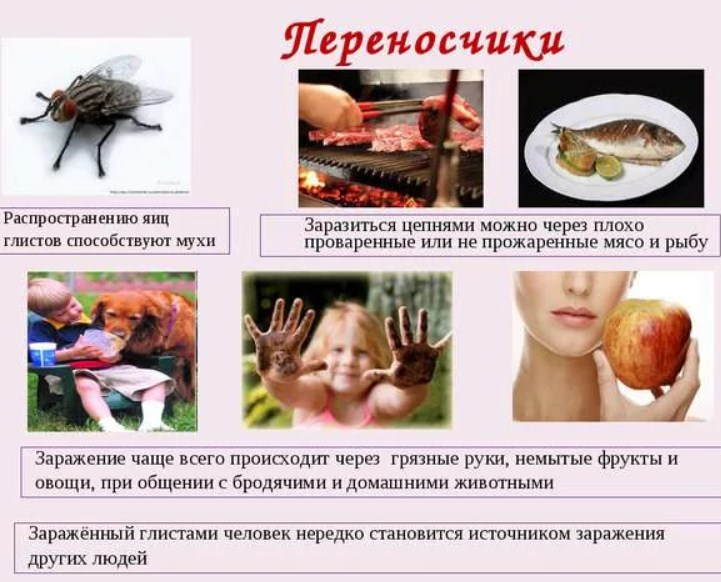
How can you become infected with worms, helminths from another person?
- There are several common methods of infection: household, oral and contact method.
- Helminty invasion can be in contact with the parasite carrier or its household items.
- Infection occurs at the time of touching the things with which the patient contacted: Money, door pens, transport handrails, dining rooms.
- You can convey the parasite with handshake.
What do worms of worms in the feces look like, whether they can be seen with the naked eye?
It is easy to find in feces only a round worm to which ascarides or pinworms belong. As a rule, they come out in small accumulations.
- But to notice their eggs in feces after taking drugs is almost impossible due to the microscopic size of the egg.
- Consider larvae and eggs of worms It is possible only through an increase.
- It is worth noting that some helminths change the color depending on what the patient eats.
- Therefore, they can be visually poorly identified. It is necessary to determine the presence of worms in a special laboratory.
How long does the eggs of worms live?
- Helminth larvae and eggs They love a moist environment and can live in it for up to three weeks.
- On other items, they retain their vitality throughout the year.
- However, the effect of detergents on them leads eggs to death.
- To eliminate the foci of infection, it is recommended to carry out often wet cleaning of the room.
How long can worms be in the human body?
- Ripened parasitic microorganism in the human body is able to live about three weeks. During this period, more than one thousand egg clutches will be produced.
- For safety, the female processes the masonry with a special acid, which helps them stay in the small intestine.
- After the task completed, a female of worms dies. Egg masonry is located near the anus, so the exposure of the acid provokes Strong itching in this area.
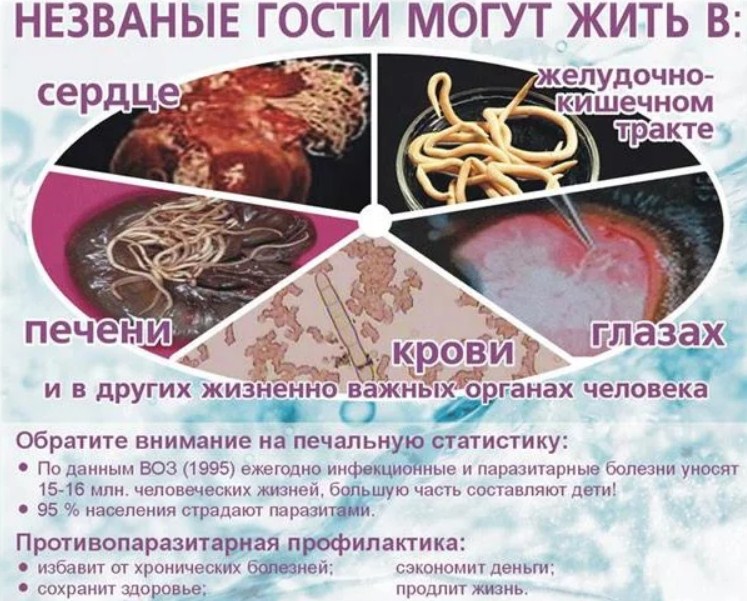
Why do worms go outside?
- The effect of medicines leads to paralyization of the life of helminths, As a result of which they come out.
- If all treatment measures are professionally observed, then the release of helminths is as follows: with feces through the anus, during vomiting through the mouth.
How do worms leave the body during treatment?
There are no certain facts claiming how, worms will come out when exposed to medicines: they can come out in parts or in accumulation, through the oral cavity or anus. However, there is some pattern between this process and treatment.
Here are a few factors affecting the process of getting rid of invasion by helminths:
- The dose of the adopted drug.
- The drug composition of the drug.
- The time of eating and the fullness of the esophagus during treatment.
- The digestibility of the medicine.
- Individual specifics of the intestinal.
- The degree of development of the disease and the patient's health at the time of treatment.
After what time are worms completely removed from the human body during treatment?
Without medical treatment, after 40 days helminths are excreted from the body. However, secondary infection should not occur during this period.
- If the drug was taken for treatment, its validity periods are usually indicated in the instructions.
- It is important to know that the one -time intake of the drug will not completely relieve worms. It is necessary to undergo a second course of treatment: 2 or 3 times. Such treatment is necessary to eliminate re -infection with helminths.
Prevention from infection with pinworms, worms, helminths
The basis of preventive measures from infection of the body with helminths is the rule of observing personal hygiene and the purity of the cooking process.

In order not to bring worm eggs into the body, the following requirements must be fulfilled:
- Contain to clean the living space. Timely carry out wet cleaning.
- Wash your hands with soap Each time before eating, as well as after contact with animals, walks or toilet.
- Make a regular preventive examination of pets in a veterinary clinic in order to prevent invasion with helminths.
- Bring individual dishes And hygiene items for each household.
- Wash the vegetables and fruits thoroughly. Before use, they can be disinfected above the steam.
- Drink purified proven water.
- Do not eat fish and meat raw. Serve them only after appropriate heat treatment.
- Periodically eat preventive products and decoctions: garlic, decoction of wormwood, bay leaf.
Health Articles:
- Restless legs syndrome
- What to do if the dog is bitten by a home, wandering, frantic, to blood?
- The danger of getting pregnant for the girl is more: before or after menstruation, on what days?
- Is pregnancy possible with menstruation?
- Supervision, purulent abscess, panaritius on the finger or leg, on the bend, pillows, joint, near the nail in adults and children

